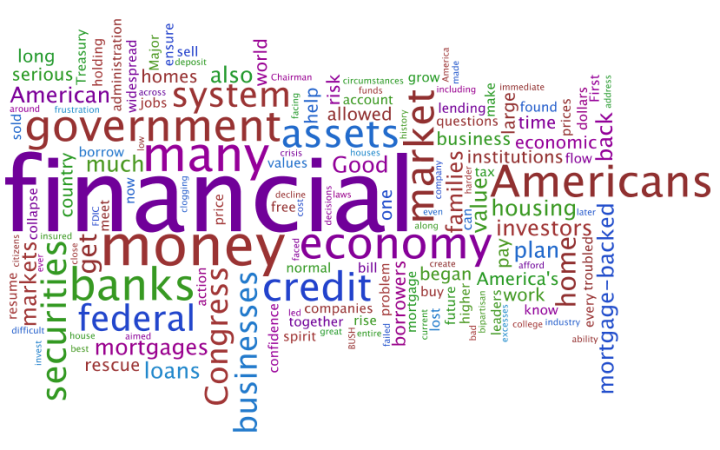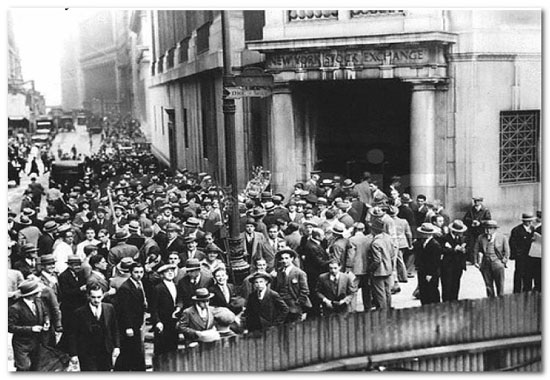“Sub prime” lending is not the bogeyman.
It’s just lending.
Loans have always been categorised according to likelihood of default ( risk ). Sub prime isn’t new, or even bad. It was the Clinton administration that thought that extending credit to those usually priced out of it ( ie, those to whom loans would be classed as “sub prime” and priced higher accordingly ) would be a social enabler to help this demographic out of poverty. Or a vote enabler, you choose. I prefer to think the former. A genuine, if ultimately economically foolish, bit of government policy. Copied later on by others, once the initial effects ( house price inflation, general merriment ) were noted. Perhaps not with the same noble intention.
To enable more lending though, meant lowering the price. The “sub prime” borrowers couldn’t just be told to go get a loan, magically finding the funds from somewhere. The price had to be lower.
The price of a loan ( ie the cost of debt ) largely depends on the risk of that debt, as lenders rightly expect more reward for more risk. So the only way to get significantly more sub prime debt out was to lower the risk rating, which is exactly what the US risk agencies ( not the banks – they cannot risk rate loans ) did.
The banks as facilitators of consumer loans connected the lenders to borrowers, who were doubtless surprised at how cheaply they could now get a loan. The government was no doubt pleased as everyone’s house grew more valuable and even the poor could suddenly get a loan for a house with a nice new car on the drive.
The credit explosion happened at the same time as a technology spike, and global availability of cheap manufactured goods from low-wage countries. Perfect. Kept consumer price inflation low, while house price inflation went mad.
Everyone was deliriously happy. No one was blaming the banks for their wealth and prosperity.
If you are still following, you will see that the problems in the system arose when those sub prime loans were priced too low for their risk. This was exactly the intention, not an unexpected happening. It was not a big ruse by Goldman Sachs ( who aren’t in the retail banking space at all, not that the usual commentators know the difference ) or any other bank.
To begin with it had the desired political effect ( home and business ownership among the “sub prime” borrower demographic increased ) but the architects of this policy either hadn’t thought of the end game, or didn’t care. The borrowers were still “sub prime” so unless they all pulled themselves out of economic hardship with these loans, the risk profile of the debt wouldn’t be correctly priced into the cost.
As we know, the cheapness of the credit was used by everyone, not just sub prime borrowers, to buy houses, cars and what have you, with little economic benefit to the borrowers. That includes borrowing by governments. The whole thing thus ended quite badly.
Priced correctly, used for business growth, lending is a perfectly reasonable way of allocating capital and providing opportunity. The sort of thing some politicians are, with no shame, crying out for the banks to do more of now, despite those very same politicians restricting banks lending ability while using phrases like “reckless lending !” ( never “mindless borrowing !” ) about the same activity previously.
Is there alternative, superior way to allocate capital ? Central planning ? Communal ownership ? Each according to his needs ?
I think it’s been tried.






0 Replies to “Sub Prime”